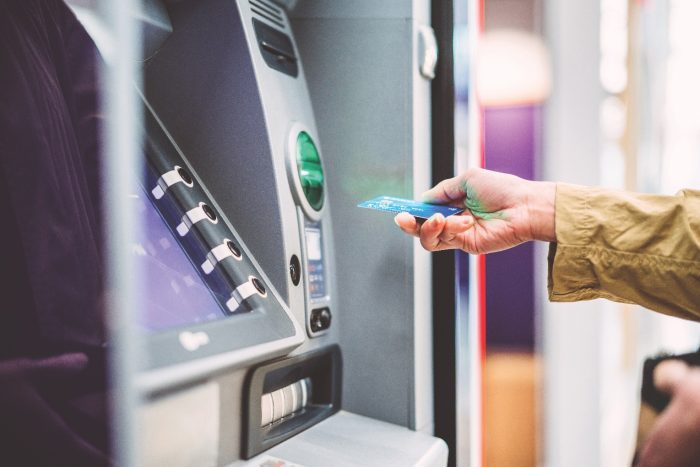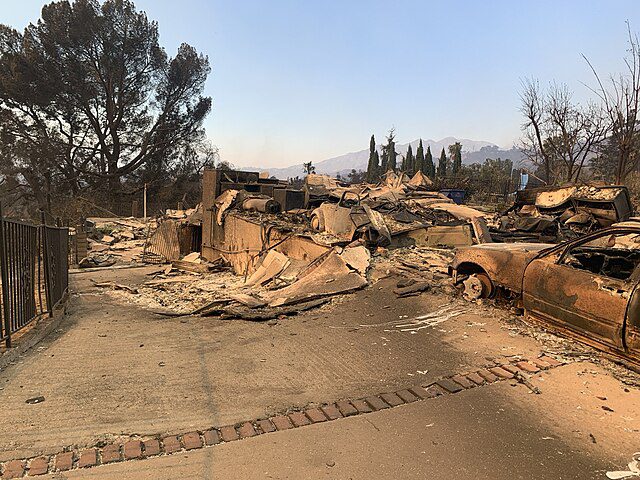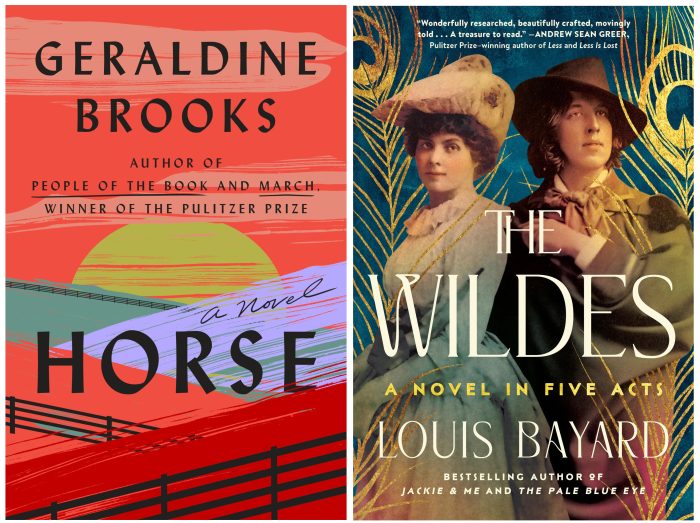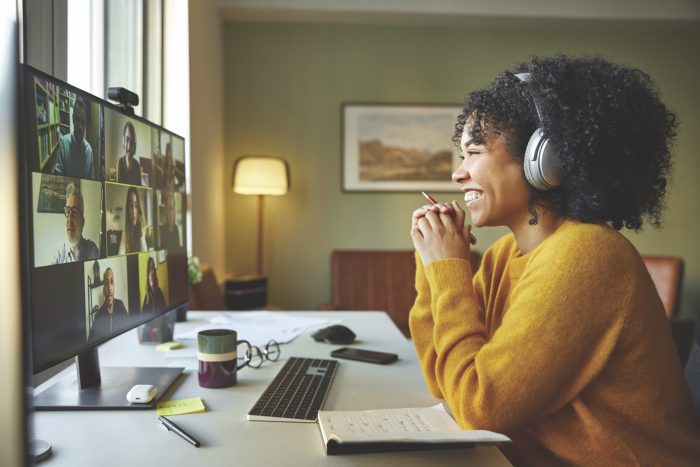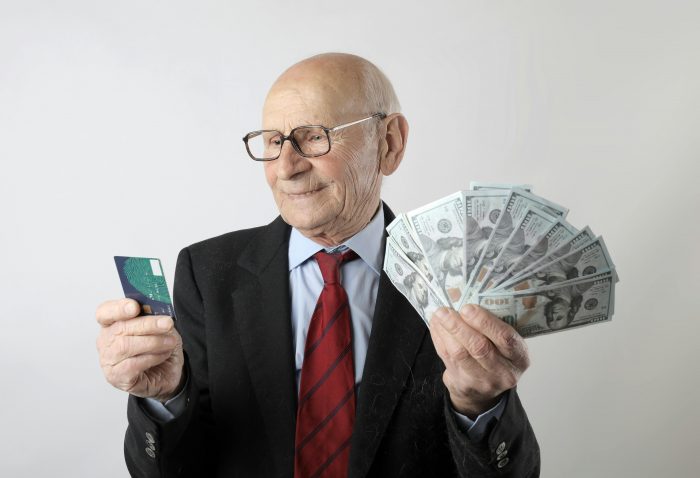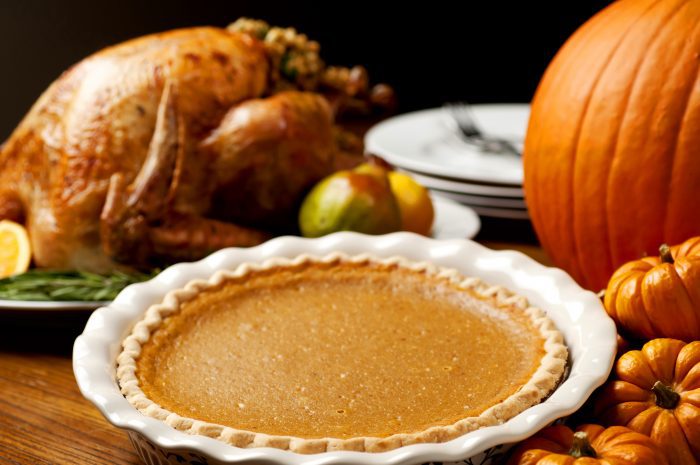By Leah S. Dunaief

Publisher
The articles I’ve read recently call it “financial infidelity” and blame it on some percentage of all couples, but especially on Generation Z. “It” refers to hiding money from each other, or if not exactly hiding, then not sharing either the money itself or its existence. And since money seems to be the primary issue couples argue about over the long term, the question of how much to share is highly relevant to any relationship.
A survey by consumer financial services firm Bankrate indicated that 67 percent of 18 to 28- year-olds hide money information from each other in committed relationships. That drops to 54 percent of millennials, 33 percent of Gen Xers and 30 percent of baby boomers, according to Newsweek. For some reason, older than baby boomers aren’t in the survey. I can try to offer that perspective since I am in the older group.
“Hidden debts, undisclosed spending, or secret accounts can, as well as undermining a partner’s trust, disrupt shared financial plans, such as saving for a home, retirement or children’s education, causing long-term financial strain,” according to the article.
Some 40 percent of couples in the United States have kept secrets from each other about money, according to the study involving 2217 adults. These secrets may include spending more than a partner would approve of (33 percent), keeping hidden debt (23 percent), having a secret credit card (12 percent), a secret savings account (15 percent), or a secret checking account (13 percent).
Yet these figures exist despite 45 percent of those surveyed disapproving of what is termed financial infidelity and even equating it with actual unfaithfulness. If a secret financial situation is discovered, it tends to disrupt the trust that relationships are built upon and perhaps cause speculation over what else might be hidden
One senior industry analyst, Ted Rossman, maintains, “Money secrets can undermine a relationship. It’s hard enough to meet your financial goals when you are pulling in the same direction. It’s almost impossible when you’re pulling in opposite directions.”
Rossman goes on to say that being open about your finances doesn’t mean you need to combine all your money. A yours-mine-ours is a possible arrangement for those who feel more comfortable that way.
Despite the importance of money in a marriage or committed relationship, half a century ago, when I was married, money was the last thing on our minds. We were entirely caught up in the romance and didn’t consider the business aspect of lifetime coupling. So when the time came to buy a house, my husband and I counted our pennies and came up a little short for the down payment on the mortgage.
“I’ll take a loan from the bank, using my stocks as collateral,” I said.
“Stocks?” he responded with surprise.
“Yes, I think I have just enough to bridge the difference between our savings and what we need,” I said. “I have been buying a couple of shares of stocks each year with my allowance since I was a child,” I explained.
It had never occurred to me to tell my husband. Needless to say, he was delighted to discover this mysterious side of me. Marriage arrangements were traditional at that time. The husband was the breadwinner, the wife the homemaker. The husband’s paychecks went into a joint bank account and both drew from that account for expenses.
Husbands may have laughed at the saying, “What’s mine is hers and what’s hers is hers,” but they subscribed to it. What we brought to the marriage financially was of little concern since we were young and generally without any serious assets, and we didn’t think of pooling those. We wives were advised then, in women’s magazines for example, to keep a little stash on the side for personal expenditures that needn’t be discussed.
Many couples are older now when they marry, and both work, thus the landscape is different. So I don’t know what to advise. Maybe that’s why we elders weren’t polled.

